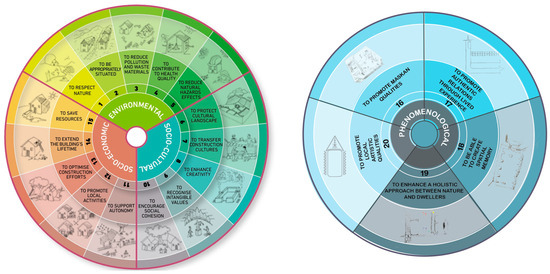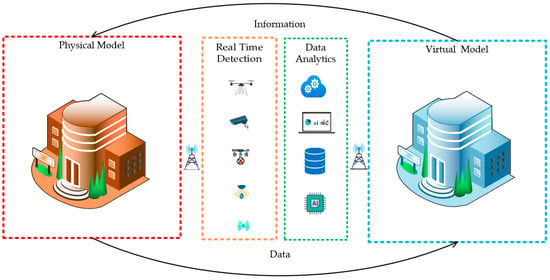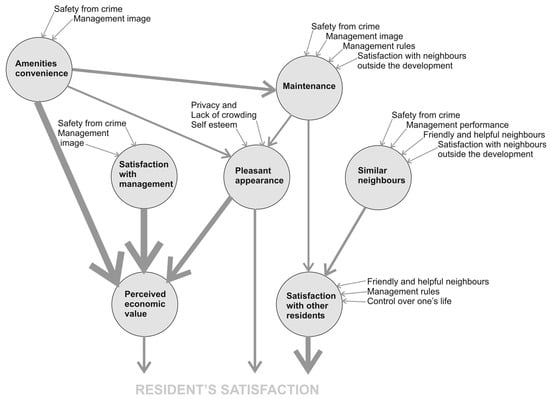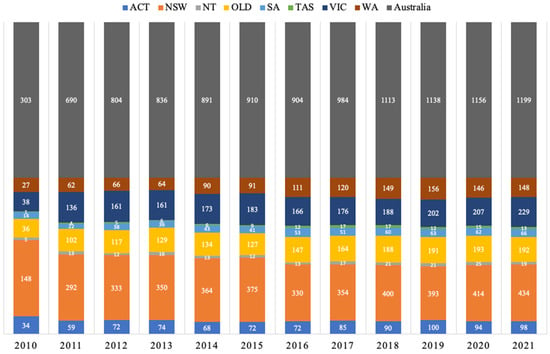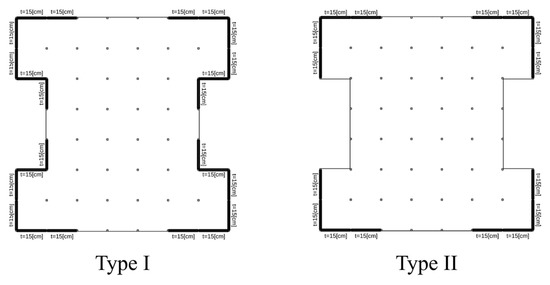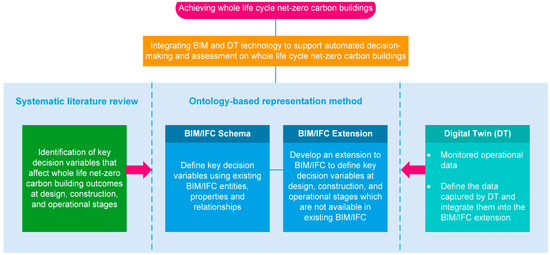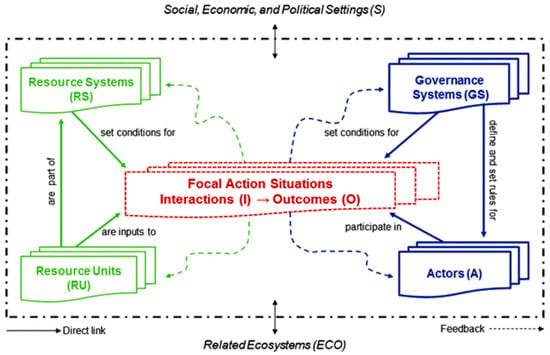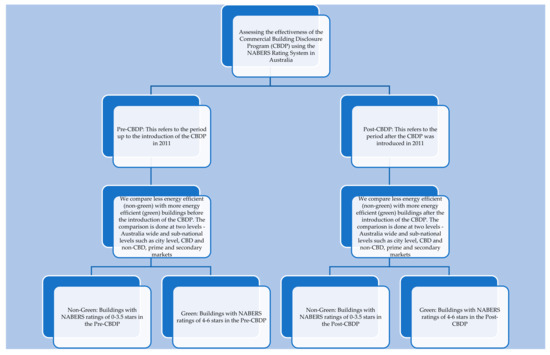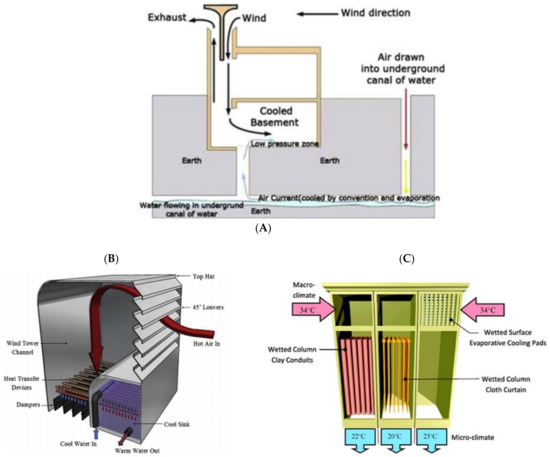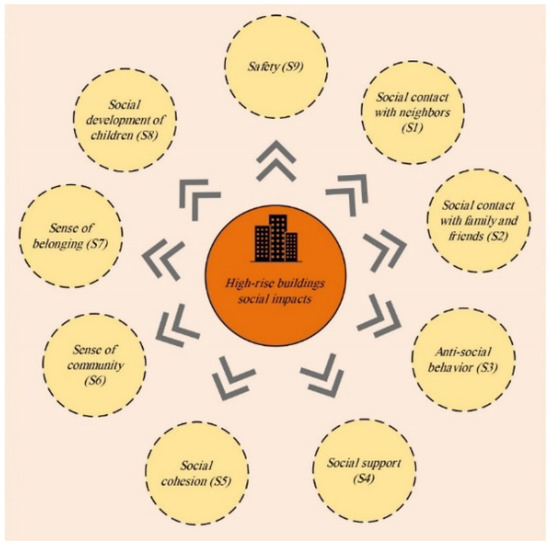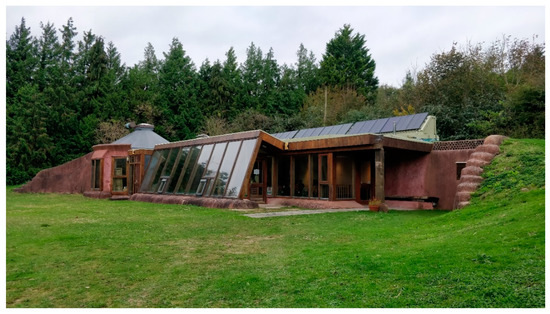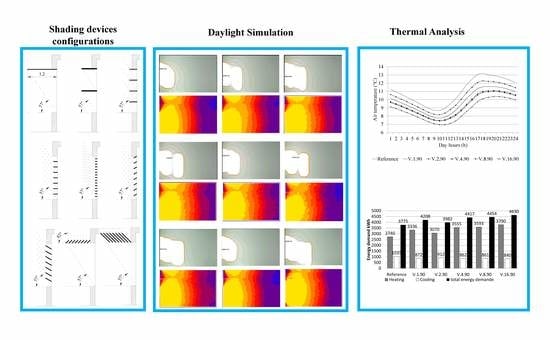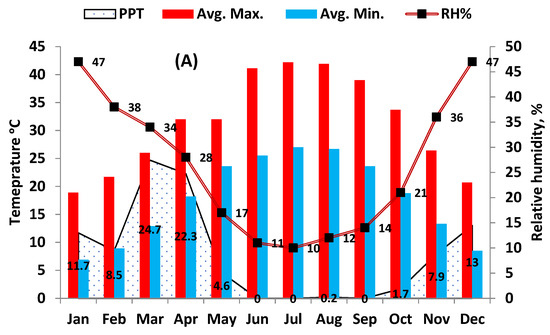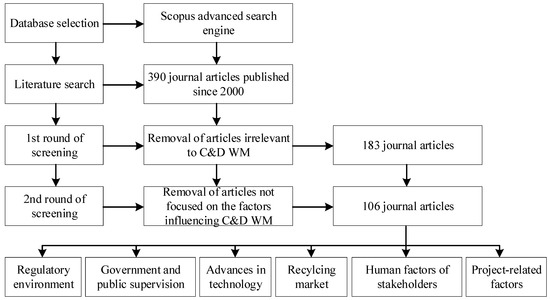Sustainable Buildings in the Built Environment
A topical collection in Buildings (ISSN 2075-5309). This collection belongs to the section "Building Energy, Physics, Environment, and Systems".
Viewed by 77852Editors
Interests: sustainable property; housing economics; housing submarkets; REITs; real estate finance and investment
Special Issues, Collections and Topics in MDPI journals
Interests: sustainability; energy efficiency; artificial intelligence; smart city; digital twin; applications of the internet of things; advanced GIS; LiDAR; BIM; digital technology in infrastructure; mixed reality applications; information and communication technology; spatial analysis and visualization; authentic education
Special Issues, Collections and Topics in MDPI journals
Interests: sustainable buildings and cities; energy efficiency; climate change adaptation and mitigation; smart cities; regenerative cities; decision-making model; building and urban information modelling
Special Issues, Collections and Topics in MDPI journals
Topical Collection Information
Dear Colleagues,
The sustainable development goals (SDGs) were introduced by the United Nations in 2015. The SDGs aim to improve health and education, minimise inequality, and boost economic growth by ending poverty and other deprivations, while also addressing issues related to climate change and the preservation of our oceans and forests. In other words, the SDGs cover a number of aspects, including environmental, social and economic issues.
A sustainable built environment industry plays a crucial role in balancing environmental, social and economic issues to create buildings that improve productivity, wellbeing and health of their occupants. Further, well-designed sustainable buildings should also promote a better social inclusion and sustainable economic development.
Despite many studies being devoted to examining sustainable development, the literature, arguably, has yet to fully address the challenges and opportunities of sustainability in the built environment from the environmental, social and economic perspectives. In this regard, the journal Buildings announces a call for papers for a Topical Collection devoted to “Sustainable Buildings in the Built Environment”. The Topical Collection seeks papers that expand upon the current literature and understanding of the environmentally sustainable built environment. Papers discussing how to move activities and design services or materials towards environmental sustainability are also welcome. Original research and review papers on the following topics are welcome:
- Sustainable buildings and occupants’ productivity and wellbeing
- Sustainable property development and investment
- Affordable and sustainable housing
- Digital construction of sustainable buildings
- Social procurements and green infrastructure
- Smart sustainable green cities
- Sustainable architecture and green buildings
- Structural and architectural design considering sustainability and low embodied energy and carbon emissions
- Carbon management of sustainable construction and property firms
- Building Information Modelling (BIM)-enabled structural design
- Sustainability-based lifecycle management
- Adoption of BIM/6D BIM and GIS for sustainability
- Case studies of the implications of the sustainable development goals (SDGs)
- Sustainability in education and training
Dr. Chyi Lin Lee
Dr. Samad Sepasgozar
Dr. Lan Ding
Collection Editors
Manuscript Submission Information
Manuscripts should be submitted online at www.mdpi.com by registering and logging in to this website. Once you are registered, click here to go to the submission form. Manuscripts can be submitted until the deadline. All submissions that pass pre-check are peer-reviewed. Accepted papers will be published continuously in the journal (as soon as accepted) and will be listed together on the collection website. Research articles, review articles as well as short communications are invited. For planned papers, a title and short abstract (about 100 words) can be sent to the Editorial Office for announcement on this website.
Submitted manuscripts should not have been published previously, nor be under consideration for publication elsewhere (except conference proceedings papers). All manuscripts are thoroughly refereed through a single-blind peer-review process. A guide for authors and other relevant information for submission of manuscripts is available on the Instructions for Authors page. Buildings is an international peer-reviewed open access monthly journal published by MDPI.
Please visit the Instructions for Authors page before submitting a manuscript. The Article Processing Charge (APC) for publication in this open access journal is 2600 CHF (Swiss Francs). Submitted papers should be well formatted and use good English. Authors may use MDPI's English editing service prior to publication or during author revisions.
Keywords
- green buildings
- sustainability
- green architecture
- sustainable property development
- bim for sustainability
- buildings and sdgs
- sustainable firms
- sustainable and affordable housing
- low-carbon cities
- social procurements







